.jpg)
HSE, University of Delhi, and Geoscan Launch Space Research Project
HSE University and the University of Delhi (India), in partnership with Geoscan (a portfolio company of the Innopraktika non-state development institute), have agreed to establish an international scientific mirror laboratory on data storage, processing, and transmission in space systems. The agreement was signed on January 15, 2025, during a visit to India by an HSE University delegation led by Rector Nikita Anisimov.
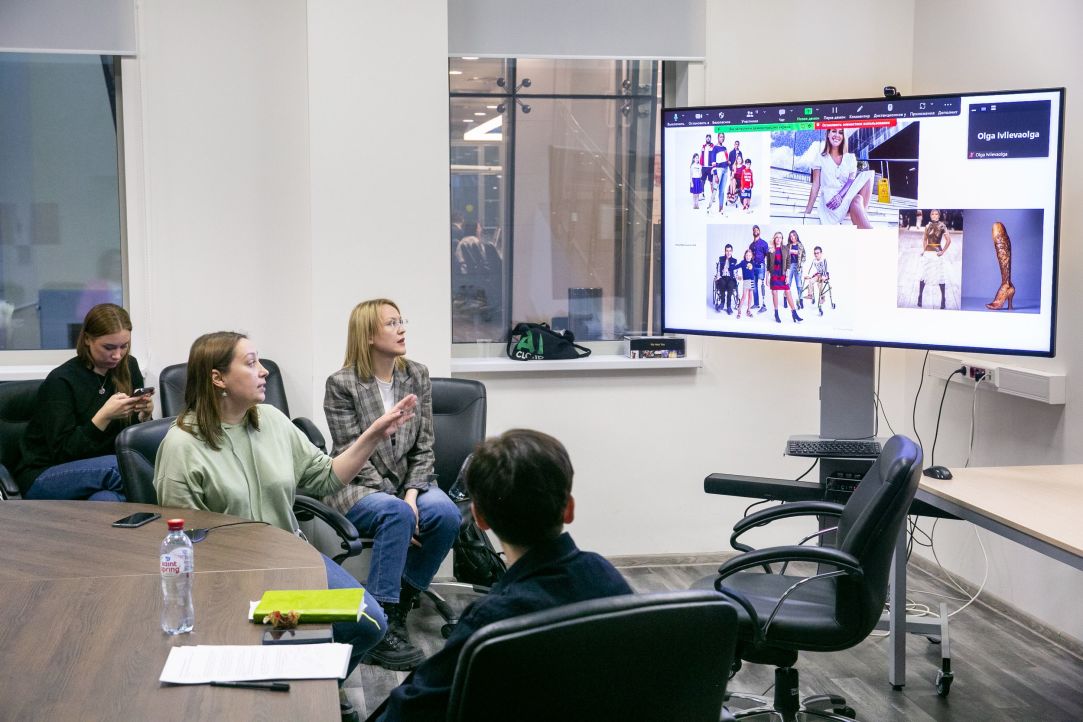
‘An Avatar Is an Image of a Posthuman’: Mediacosm Held at HSE University
On February 16, the sixth Mediacosm conference was held. The event traditionally dedicated to discursive and non-discursive ways of presenting the cosmos through media, fashion and music was organised by the HSE Faculty of Creative Industries.
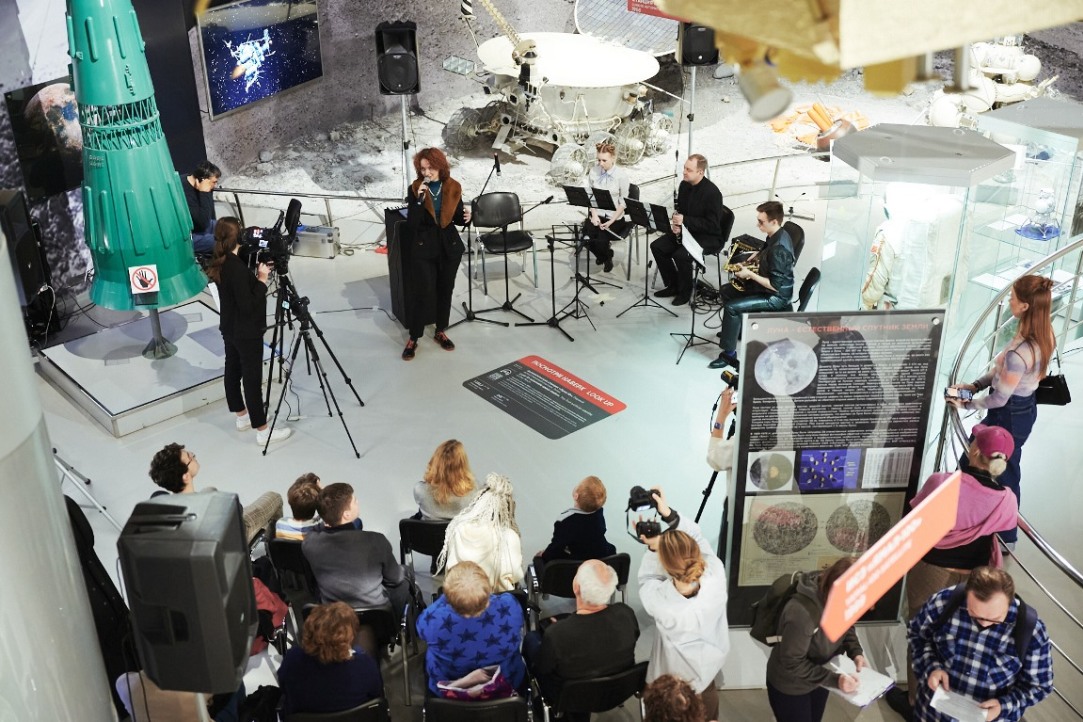
'In Outer Space, Encounters between Humans and Non-humans Could be in a Variety of Languages'
On November 5, the Museum of Cosmonautics in Moscow hosted an HSE-organised event entitled 'Cosmic Bodies: A Philosophical and Musical Party for Cyborgs'. The speakers and the audience reflected on popular-culture depictions of humans as they explore outer space.
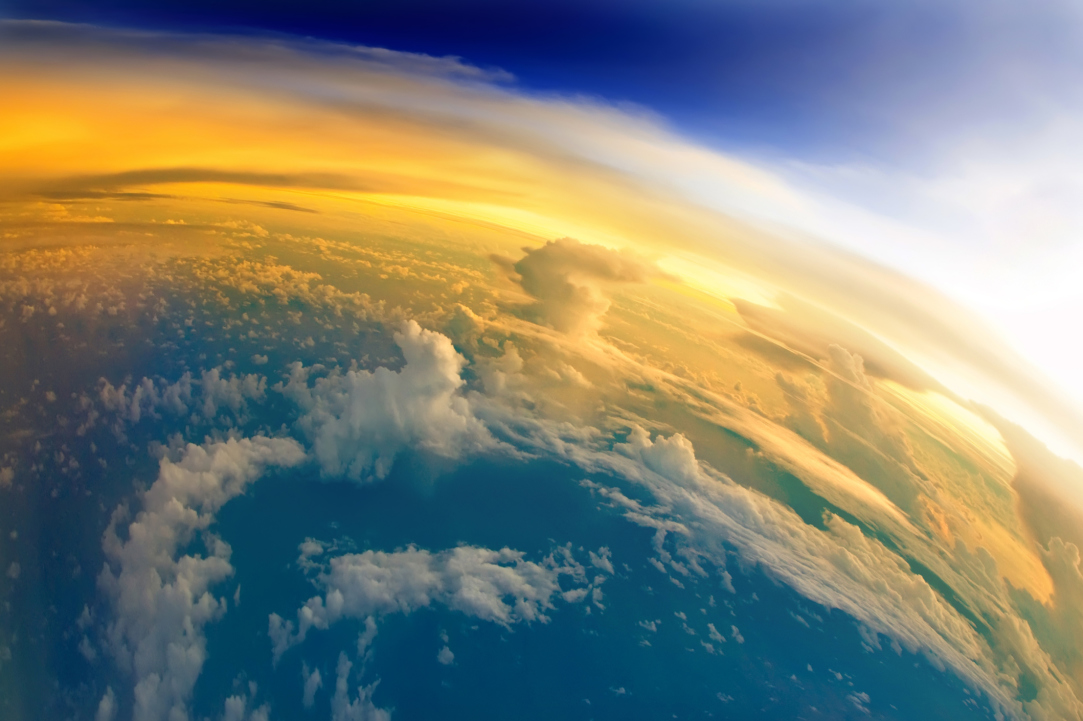
Scientists Learn to Better Predict Space Weather
An international team of astrophysicists has been studying the formation of strong electrostatic waves, ion holes, in the Earth's magnetotail and assessing their impact on space weather. They found that ion holes propagate oblique to the local magnetic field. The study's findings can contribute to a better understanding of processes in the Earth's magnetotail which affect space weather in the near-Earth plasma environment and the polar region. The paper is published in Geophysical Research Letters.
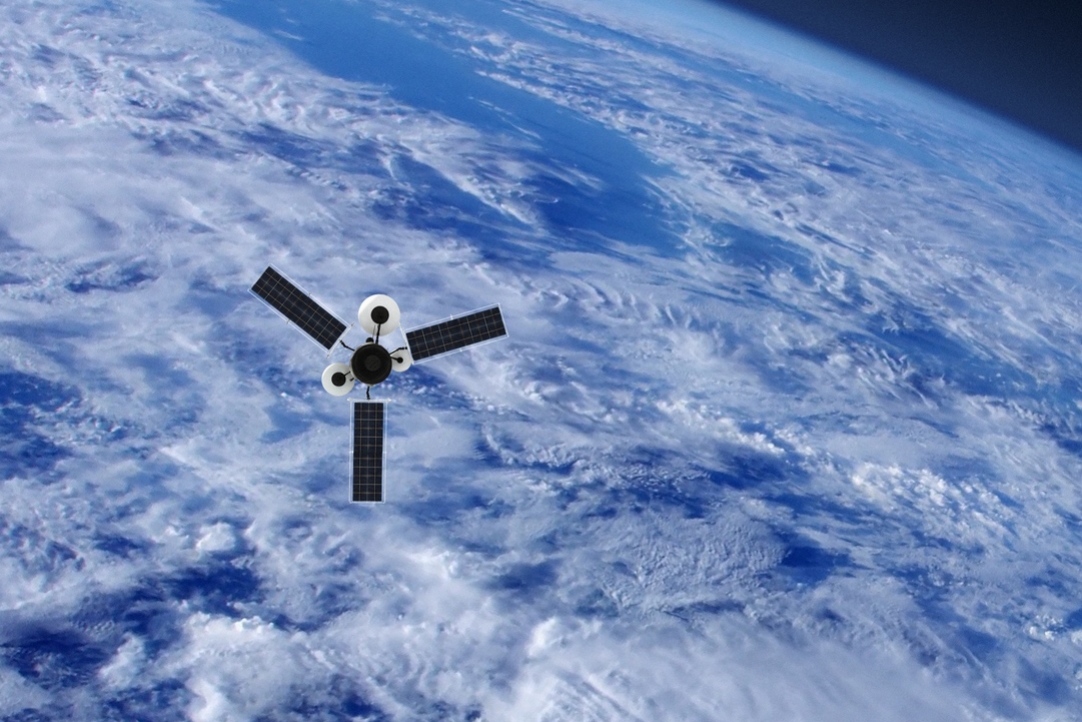
HSE University Participates in Satellite Navigation Monitoring Project
A team of HSE students is taking part in the development of a Russian satellite automatic identification system (AIS) to monitor sea navigation. The aim of the project is to track the locations of vessels and adjust their routes, including in the Arctic along the Northern Sea Route.
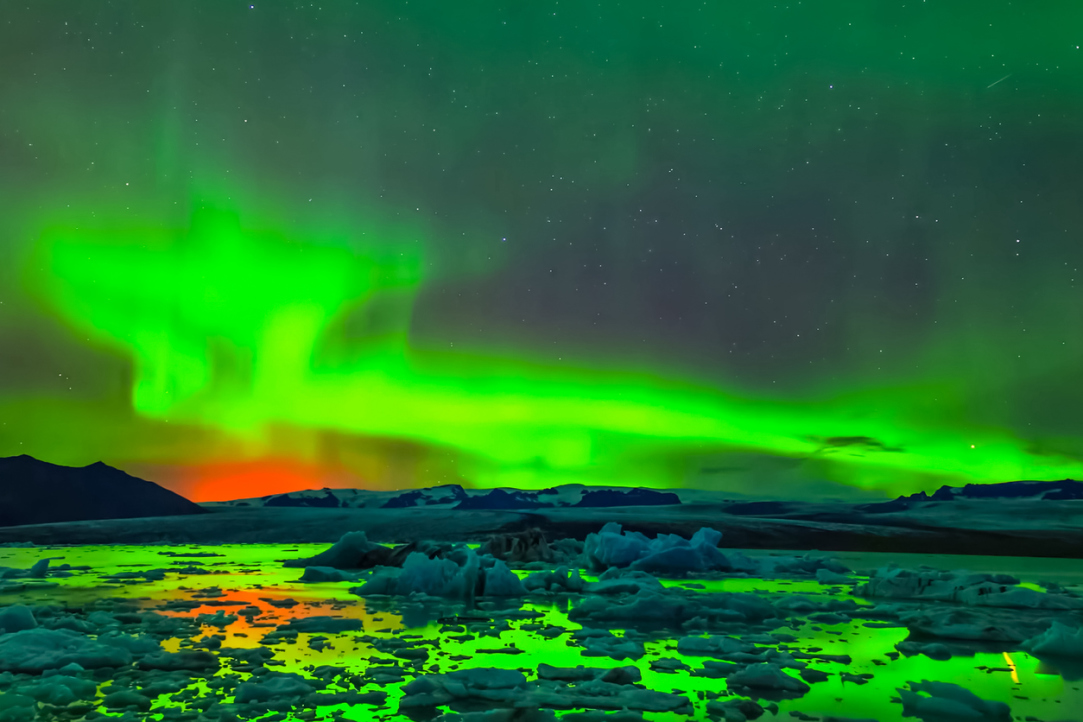
Researchers Explain Potential Cause of Earth’s Green Airglow
A team of Russian researchers from HSE University, the Russian Space Research Institute, and the Pushkov Institute of Terrestrial Magnetism (Russian Academy of Sciences) has described the development of modulational instability of electromagnetic waves in dusty ionospheric plasma, which is caused by a high intensity of electromagnetic emissions. The researchers considered inelastic collisions of ionospheric plasma particles and formulated new tasks and applications to be addressed at a later stage. The results are published in the Physics of Plasmas journal.
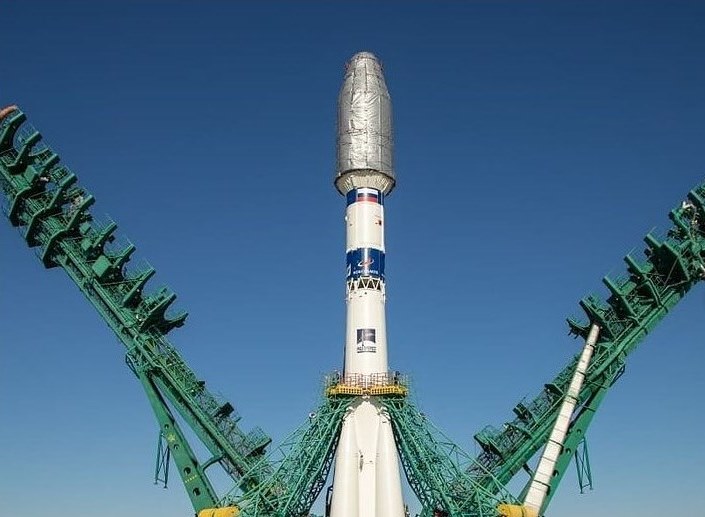
‘The Trip to Baikonur Blew My Mind!’
On Cosmonautics Day, the HSE News Service spoke with the participants of the CubSX-HSE project, which recently launched a satellite into Earth orbit. Students and staff from the HSE Moscow Institute of Electronics and Mathematics (MIEM) spoke about their project and impressions of their trip to Baikonur.
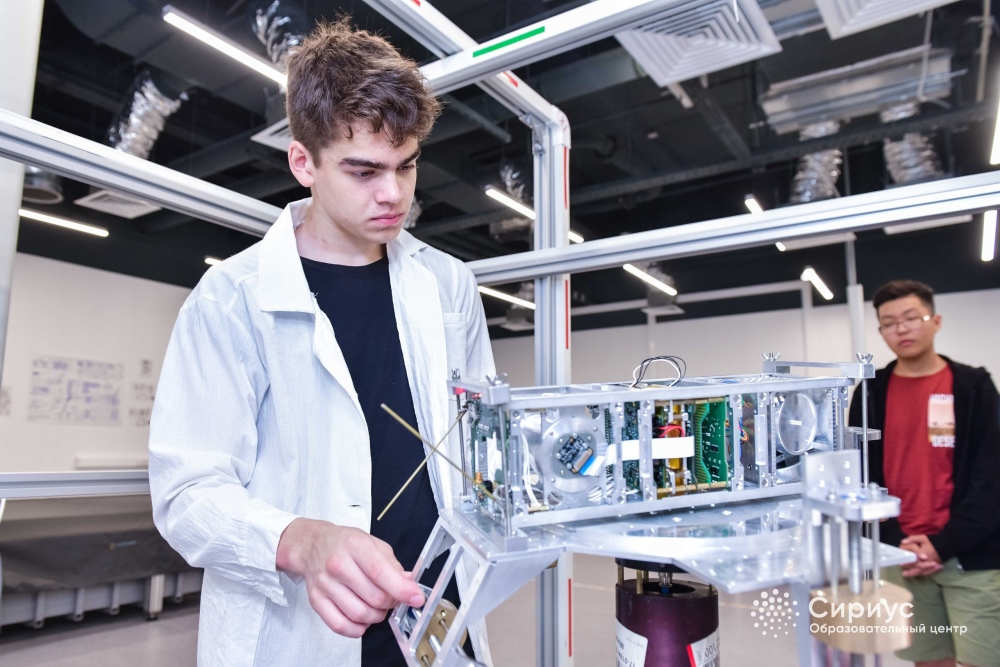
‘Now I Will Pursue a Future Career in Space’
During the ‘Big Challenges’ session at the Sirius Educational Centre, five high school students, under the supervision of mentors from MIEM HSE, assembled a small artificial earth satellite. The participants of the research session were young finalists of a nationwide competition held by the educational centre. All five of the students are Olympiad champions and team members of large-scale projects.
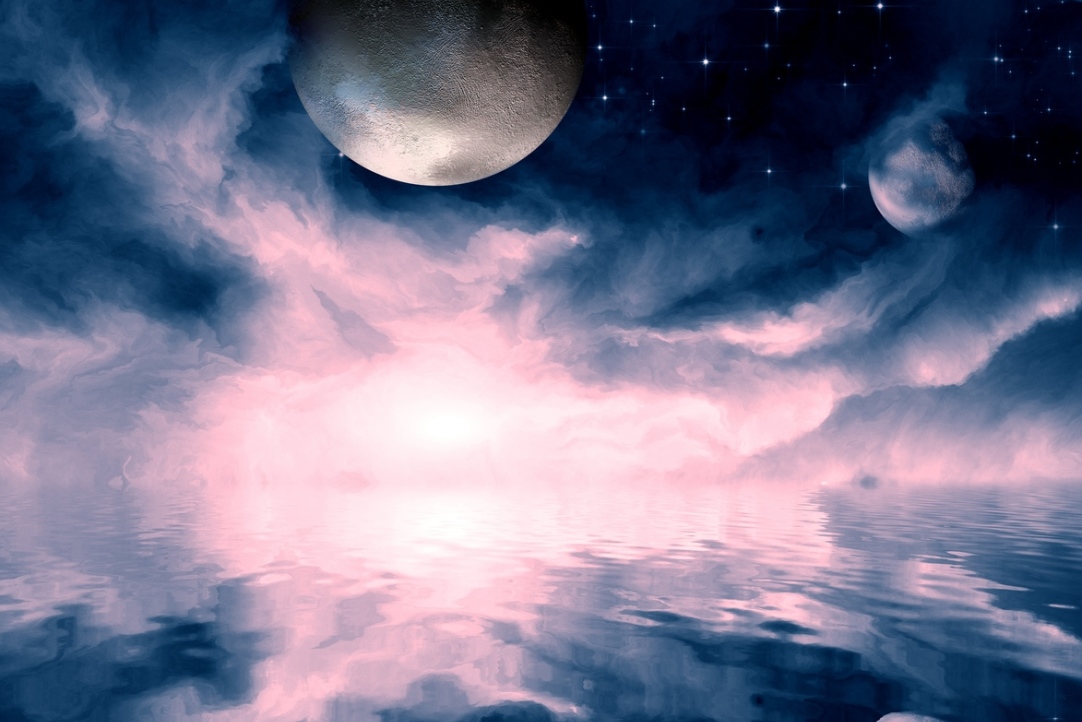
Russian Scientists Discover One of the Mechanisms of Water Formation on the Moon
The results of recent study conducted by the NASA Lunar Reconnaissance Orbiter, the agency’s automatic interplanetary station, show the existence of a ‘permafrost’ near the poles of the Moon with a relatively high content of water ice (up to 5% by weight). It is believed that water ice could supply a life support system for the future Russian Lunar Station and that it could also produce hydrogen-oxygen fuel for flights into deep space.
Researchers Determine Space Weather near Earth’s Closest Exoplanet
Researchers from the Higher School of Economics and Space Research Institute (Russia) have calculated the main parameters that determine space weather close to the nearest Earth-like exoplanet, Proxima Centauri b. Such parameters include solar wind, as well as galactic and solar cosmic rays. The results of the research were published in Astronomy Letters.


Applications are submitted until August 17, 2025